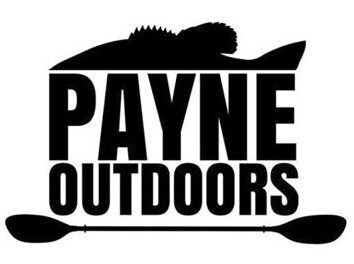My rig of choice is a dropper loop about 10” to 16” above a 2-6 ounce sinker. I use 50-60lb fluorocarbon leader and 2/0-4/0 super sharp Owner cutting point J hooks. I like to have about 2 to 3 feet of flourocarbon above the dropper loop. I tie up several rigs with swivels at the top for ease of attaching and put them in a leader wallet. When fishing in thick structure, there’s a good chance you will go through several rigs. Another rig people seem to like is a carolina rig style set up with a 2-4 ounce egg sinker over a swivel to a foot or foot and a half of flourocarbon leader to hook. This rig would be good for suspended fish in my opinion. My main line is 40-50lb braid which is spooled up on a quality baitcaster with tight and smooth drag. A 7 foot fast action-medium heavy rod, that’s sensitive yet has enough back bone to withstand some serious pullage will do. I’ve been using a Shimano Trevala S jigging rod and enjoy the light weight and great balance but have full confidence in it’s ability to put on enough pressure. Lately, my preference for the reel has been a Curado 300 EJ.
Baits of choice are fiddler crabs or mole crabs aka sand fleas. Fiddlers can either be caught in the marsh or bought at most tackle/bait shops in the area. My preference is to take the big claw off and send the hook through the subsequent hole and out through the top. I’ll save the big claws just in case I run out of fiddlers. I’ve caught big sheepshead on just the claw. Mole crabs can be caught in the surf using various methods, including hand digging, as well as half a minnow trap sifted through the sand where the water meets the sand, but a mole crab rake is best. I hook the mole crabs through the apron (small flap on the underside) and send the barb through the top. Convicts will also eat various other crustaceans, including clams, mussels, other crabs, etc.
I normally start by working the bottom, but if I don’t get a bite after a few minutes, I’ll reel up 4-5 cranks and suspend the bait. The bite is hard to explain. They can be quite the bait stealer, but once you figure out the bite, you’ll figure out the timing of when to set the hook. In the mean time, for beginners, I’d suggest to go ahead and swing if you think there was a bite. I’d rather swing and miss than bring up an empty hook over and over again. Sometimes you’ll just feel a sudden weight on the other end without even feeling a bite. For that situation, definitely go ahead and swing. If you feel a heavy weight, reel as much line in as you can before it realizes what’s happening.
The ensuing runs will astonish even seasoned anglers. If you’re fishing around a piling and it starts taking you around the structure; as soon as you feel your line rubbing the piling put your reel in free spool and paddle through then engage again. Otherwise your chances at pulling that big sheepie back through are slim to none.
Once you’ve landed a big one on your kayak, beware of the large spikes along the dorsal and anal fins. They’re gnarly and while flailing, will leave you bloody if you’re not careful. You will also notice the strangely human like teeth of the sheepshead.
A note about the sheepshead I’d like to share is that once they reach the 20-22” range they take a very long time to grow to trophy size. Although they are excellent table fare, I urge you to consider releasing trophy size sheepsheads (24” and above) since we would all like to see the specie thrive for a long time.
One thought on “Sheepshead Tips and Rig”
Comments are closed.






I have never tried fishing for Sheepshead before. They are pretty cool fish but their teeth are creepy looking.